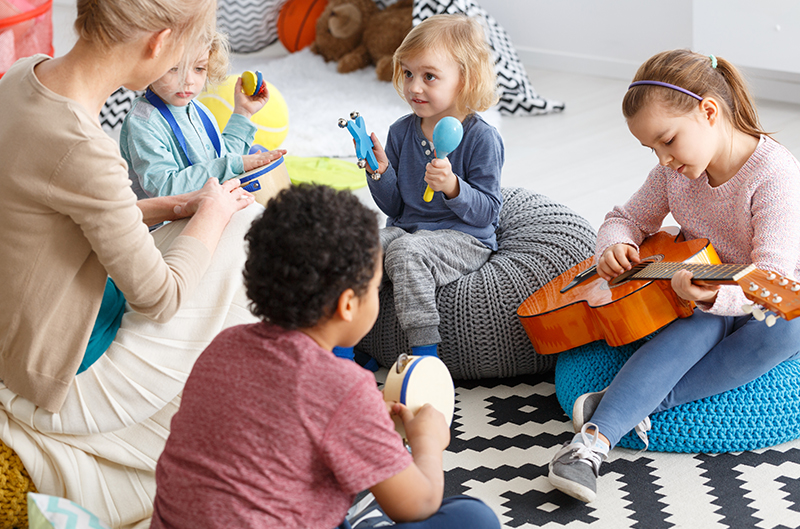
Music is for Everyone
|
|
Author: Austin Stanfel
When most people think of children playing instruments, they imagine them crowded in an indoor space, maybe with the square dampeners nailed to the walls. Now more than ever, that does not have to be the case. Quality and affordable instruments built for use outdoors are becoming the best option for educators and other community leaders who want to bring accessible, family-oriented music to their shared spaces. Parks, playgrounds, and other outdoor areas are being enhanced by adding ADA approved installations that attract parents interested in the developmental benefits of their children while creating an interactive memorial of the community’s history.
Music is a beautiful thing. It connects all of humanity in a way that transcends languages, religions, creeds, and countries. With well thought out and purposeful design, the modern instruments entering the market are accessible to all people regardless of mobility concerns. The benefit this brings to severely underserved populations brings huge payoffs for a comparatively small investment. The most successful communities are the ones where every segment has a place to be and a part to play. Creating inclusive spaces is key to making that possible. Nothing can bring a group together like making music. And with these outdoor orchestras, there is an instrument for every level of play.
The benefits of playing music in group settings are immense for developing children. Kids need to practice singing in tune and moving to a rhythm to develop social, memory, and language skills. Singing together in a group setting releases endorphins that promote happiness and build strong interpersonal ties. Bringing music to shared spaces where all children can benefit regardless of the ability to pay for private lessons provides long-term payouts that will mature with every generation that is granted access. Community leaders can choose this easy way to invest in the education and betterment of families and make an especially significant impact in communities where access to quality instruments is limited.
Not only can music secure communities a safe place to explore music, but it can also provide a place of shared learning. Instructors can use the space to teach about music theory and tie music to the history and culture of the neighborhood. Instruments can be named after community, organizations, and important figures from the neighborhood’s past. The older generation has the opportunity to tell their stories and discuss contributions to the neighborhood made in their own time and the impact it had on their own lives. The idea is to teach the children not just about rhythm and pitch but also about sharing and giving back.
Children who learn to play music at these parks and outdoor spaces will think differently for the rest of their lives—learning to play music changes the way one processes all kinds of information. Music presents the world in a different way and can establish courage out of fear and order from chaos. Most importantly, it brings joy to the hearts of children who simply enjoy banging on metal bells.


